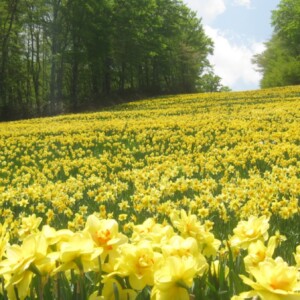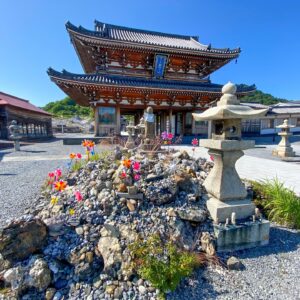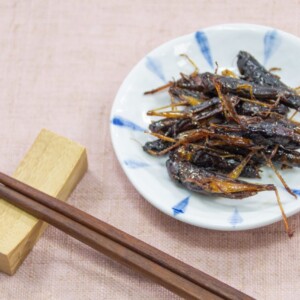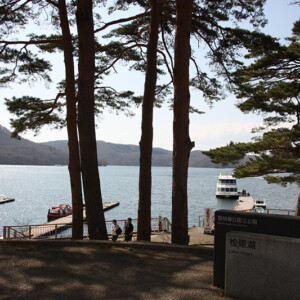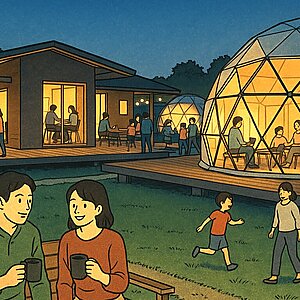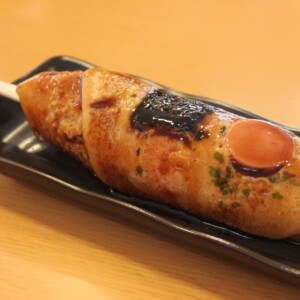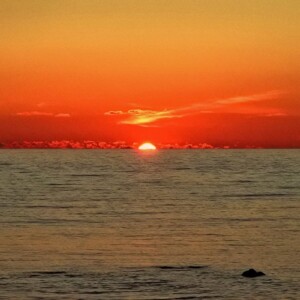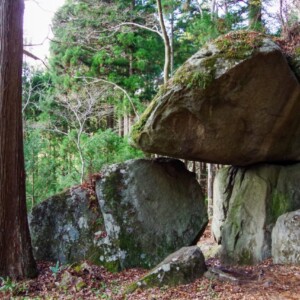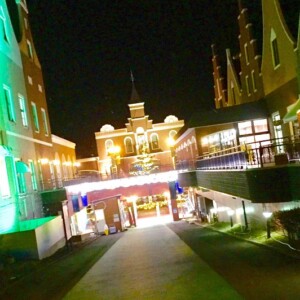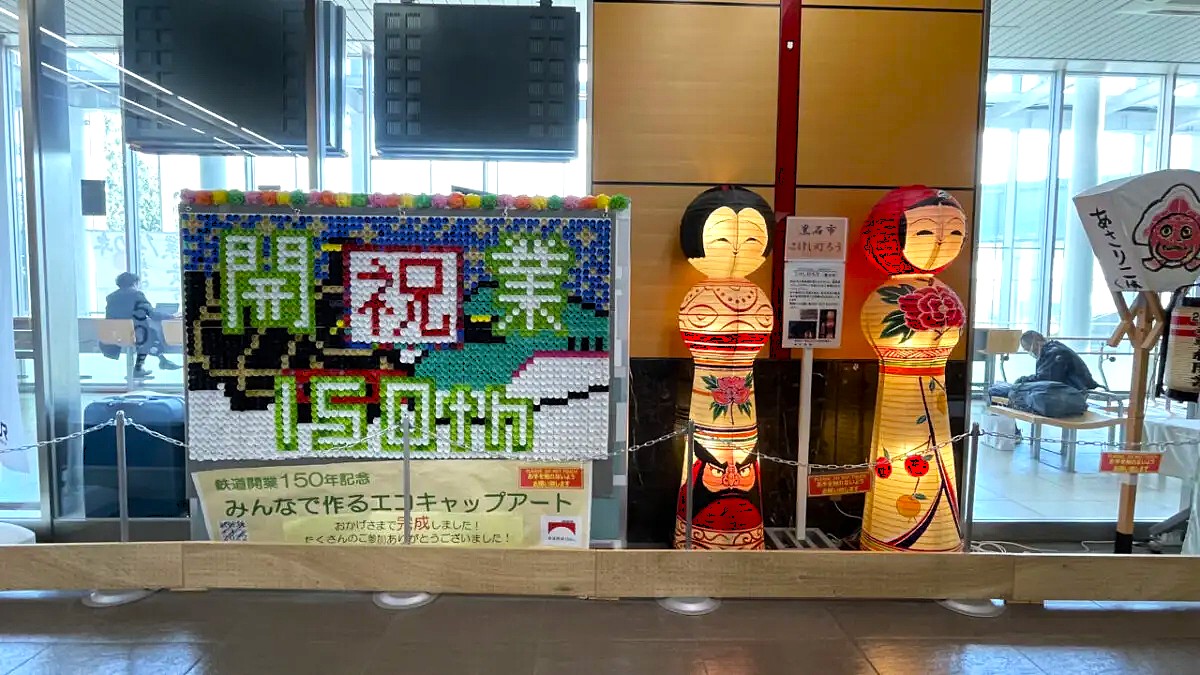
[JR East Pass Trip: Day 3] A day trip to Aomori Bullet Tour to foster your energy at home!
table of contents
- 1 Departing from Sendai Station! Aim for Aomori!
- 1.1 Arrive at Shin-Aomori Station
- 1.2 From Shin-Aomori Station to Hirosaki
- 1.3 From Hirosaki Station to Hirosaki Brick Warehouse Museum
- 1.4 Routes within the city before arriving at the Hirosaki Brick Warehouse Museum. Easy station explanation
- 1.5 Hirosaki Brick Warehouse Museum, a 100-year-old building
- 2 After Hirosaki. Return to Shin-Aomori Station.
- 3 To the Sannai Maruyama ruins
- 4 Return to Sendai
- 5 150th anniversary of railway opening! JR East Pass travel summary
- 6 JR East Pass Travel Series
Commemorating the 150th anniversary of the opening of the railway, JR East Pass travel series,
This is a continuation of.
The JR East Railway 150th Anniversary Commemorative Free Pass will also expire in three days.
Until yesterday, I departed from Sendai Station and went on a 2-day, 1-night trip from Iwate to Akita (overnight) to Iwate to Sendai, but today I'm heading to Aomori.
Yesterday, I returned to Sendai just after 8pm, and today I will head to Aomori on the Tohoku Shinkansen Hayabusa 1, which departs at 8:05am, the same as two days ago.
My main destinations are ``Aomori Museum of Art,'' ``Hirosaki Brick Warehouse Museum,'' ``Sannai Maruyama Ruins,'' and I want to eat something called ``curry milk ramen.''
Departing from Sendai Station! Aim for Aomori!
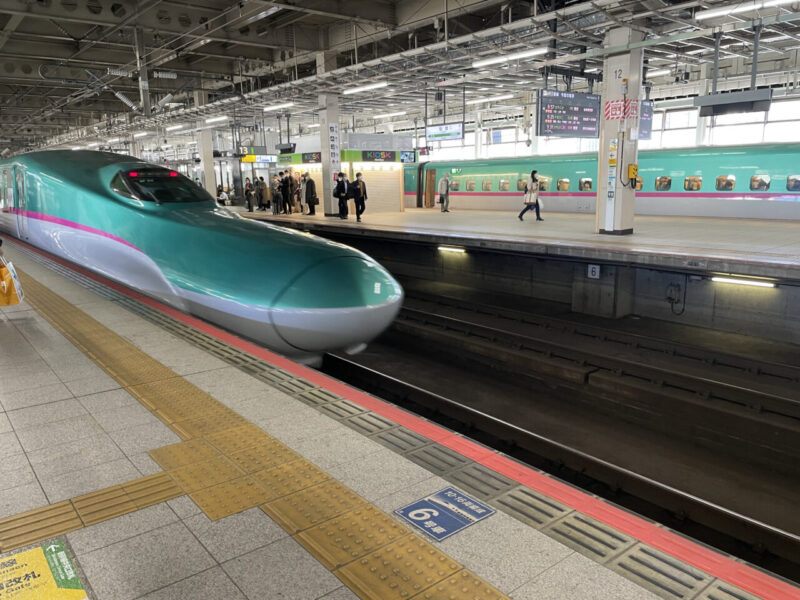
Hayabusa departed at 8:05am, and I'm still tired from the trip, probably because I had a drink last night to reminisce about the trip. Board the Tohoku Shinkansen and head straight for Aomori.
Aomori 5-6 years ago? The last time I went was for 2 days and 1 night for work.
At that time, I was only in the Furukawa area of Aomori City, so the only time I went outside of Aomori City was on field trips for my junior high school club activities.
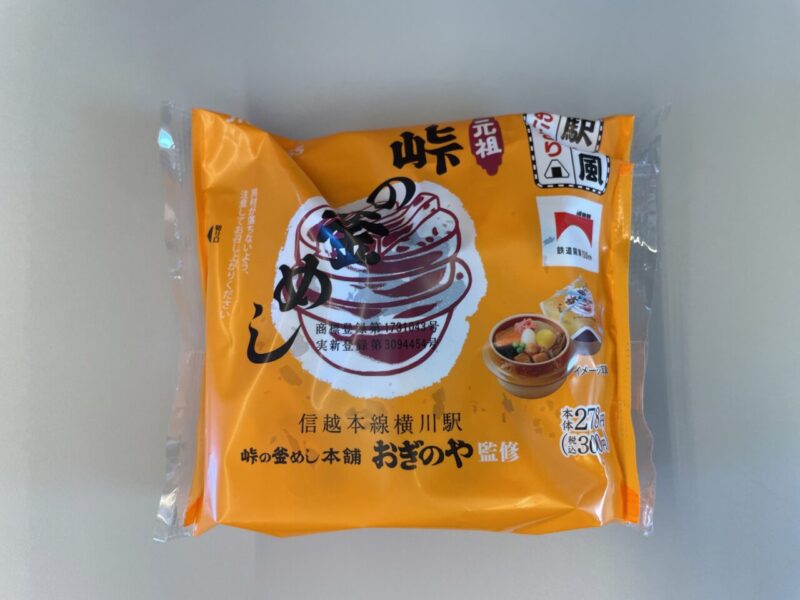
I stopped by NewDays inside the Sendai Shinkansen south ticket gate to buy some breakfast before boarding the Shinkansen.I found onigiri rice balls that I had never seen before.They were a bit pricey, but they were so moist and heavy that I bought them without hesitation. Kamameshi rice balls,
I thought it would be difficult to express kamameshi with rice balls, but when I ate it, I was surprised to find that the soup stock tasted good and I really liked it. Are the ingredients chicken, shiitake mushrooms, chestnuts, and ginger? It had a lot of it in it, so I was very satisfied, and above all, the seasoning was good.It wasn't too thin or too strong.I'm sorry for the poor reporting, but I highly recommend it. It's delicious and satisfying beyond the price.
Arrive at Shin-Aomori Station

It takes about 1 hour and 45 minutes from Sendai Station to arrive at Shin-Aomori Station.
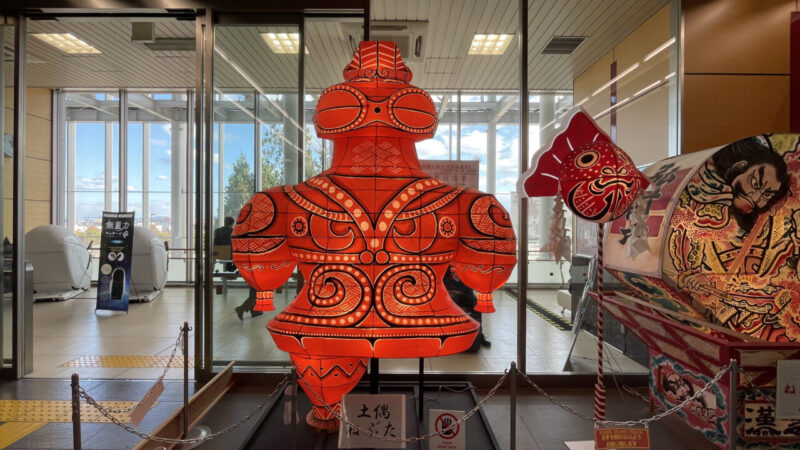
At Shin-Aomori Station, we were greeted by miniature Aomori Nebuta, Goshogawara Tatekaputa, Hirosaki Neputa, and clay figure-shaped Nebuta.
A lot of people who appeared to be tourists from overseas were also taking pictures, and I was among them, taking pictures by myself.
From Shin-Aomori Station to Hirosaki
I got off at Shin-Aomori Station once, but I think I'll head to Hirosaki for now.
To get to Hirosaki from Shin-Aomori Station, take the JR Ou Main Line bound for Hirosaki and take the rapid train, which takes 32 minutes one way.

Arrived at Hirosaki.
In Hirosaki, there were several places I wanted to go to while taking a leisurely stroll, such as Hirosaki Castle and Tsugaru Domain Neputa Village, but there were also other places I wanted to go to in Aomori City, so this time I headed to Hirosaki's new attraction, the Hirosaki Brick Warehouse Museum. Masu.
From Hirosaki Station to Hirosaki Brick Warehouse Museum
I decided to walk to the Hirosaki Brick Warehouse Museum as I wanted to take a quick walk around the city.
The distance is 1.5km, and it takes about 20 minutes.
Routes within the city before arriving at the Hirosaki Brick Warehouse Museum. Easy station explanation
There are two stations in Hirosaki City. One is Hirosaki Station, which is connected to the two lines of JR Ou Main Line and Konan Railway that you took from Shin-Aomori Station to Hirosaki Station, and the other is the center of the Konan Railway Owani Line, which connects Hirosaki and Owani vertically. This is Hirosaki Station. The Owani Line is a local line in Aomori Prefecture with a distance of 13.9km and 14 stations. It opened as Konan Electric Railway in 1952 and was transferred to Konan Railway in 1970, but this year marks the 70th anniversary of its opening.
There is Chuo Hirosaki Station near the Hirosaki Brick Warehouse Museum, but this is the Konan Railway Owani Line that connects Hirosaki and Owani, so you cannot transfer directly from Hirosaki Station.
Even with this JR East Free Pass ticket, I was not able to ride the train.
Chuo Hirosaki Station has been selected as one of the top 100 stations in the Tohoku region as a ``summer-friendly station that is close to Hirosaki Park, a famous spot for cherry blossoms, and has a pleasant cool breeze from the Tsuchibuchi River in front of the platform,'' so be sure to stop by when you visit Hirosaki. I recommend it.
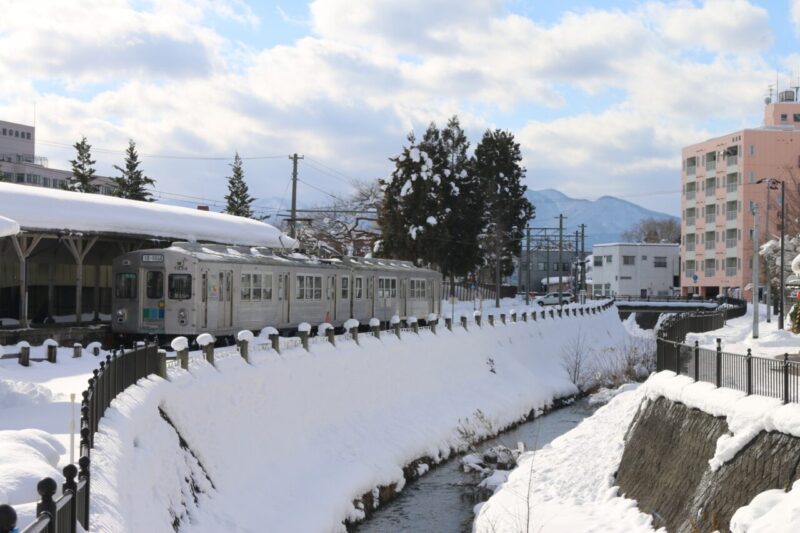
Hirosaki Station on the JR Ou Main Line opened on December 1, 1894, and this year marks its 128th anniversary.
The Konan Line from Hirosaki Station is connected to Kuroishi Station to the north, and the Konan Railway runs vertically from Hirosaki to the south and north. The total route distance is 30.7km, which is not a very long route, but it shows how important trains are in this snowy city.
In the meantime, we arrived at the Hirosaki Brick Warehouse Museum.
Hirosaki Brick Warehouse Museum, a 100-year-old building
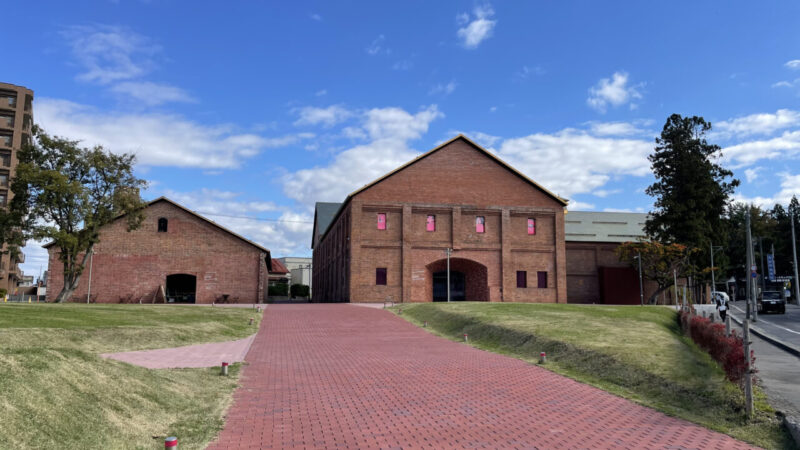
The building of the Hirosaki Brick Warehouse Museum is a warehouse/sake brewery (Fukushima Sake Brewery Company/Yoshinocho Brick Warehouse) built by Tosuke Fukushima between 1907 and 1923 for brewing and storing sake. After Tosuke Fukushima suddenly passed away from a heart attack at the age of 55, the warehouse was temporarily rented by Miyuki Shokai, which was established in Shinagawa-cho, Hirosaki City, and since around 1940 has been producing apple cider as a cider manufacturing factory.
Until around 1964, they took over the cider business and produced whiskey for the Tohoku region, but the brick warehouse became too small and in 1965, the factory was moved to Sakae-cho, Hirosaki City, so the sake brewing at the Yoshino-cho brick warehouse ceased to exist. It was then used as a government rice storage facility from 1978 to 1997.
In 2020, architect Tsuyoshi Tane, who is known for designing the Estonian National Museum, will lead the concept of ``passing on memories'' to pass on the cultural consciousness of the people of Hirosaki to the future, with the aim of passing on retro-modernism to the present day. The current ``Hirosaki Brick Warehouse Museum'' was born with the aim of ``extending'' the building, rather than building a new one or renovating it.
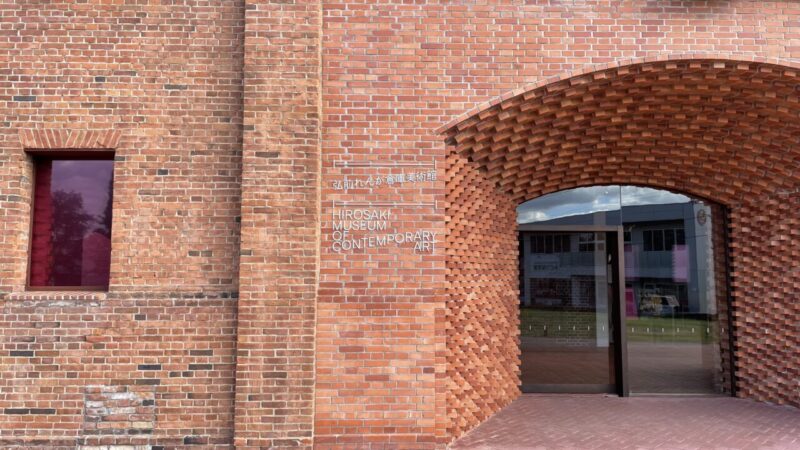
The Hirosaki Brick Warehouse Museum held exhibitions by Yoshitomo Nara, a contemporary artist from Hirosaki, three times before it was extended.
I believe that this event encouraged the use of the Yoshino Town Brick Warehouse as an art museum.
During the period I visited, the ``Hello, could you hold an exhibition of Mr. Nara?'' Yoshitomo Nara Exhibition Hirosaki 2002-2006 Document Exhibition was being held.
Of course this has been checked.
This is an exhibition that looks back on the history of the three exhibitions held before ``Enkei''.
Photography inside the building is permitted, but is it okay to post it on this website? I will not publish my work because of this.
impression? When asked this question, I'm not good at talking, so I'm at a loss for words, but even though it was an exhibition by Yoshitomo Nara, it wasn't just about Yoshitomo Nara, it was about the town-wide play that took place at the three exhibitions. after school? Secret base? is joyfully expressed, and it is also unique that you can see the trajectory of the Yoshino-machi Brick Warehouse.
Here and there, you can see glimpses of the works and notes written during the preparation period, children's games and pranks, and the works are also on display.
When I look at children's and adults' works and notes, I remember the past and think, ``That's how I drew it,'' or ``That's right, I'm having fun this time,'' or ``This is how adults looked at things.'' I was watching while muttering to myself.
The event will last until March 21, 2023, so please stop by.
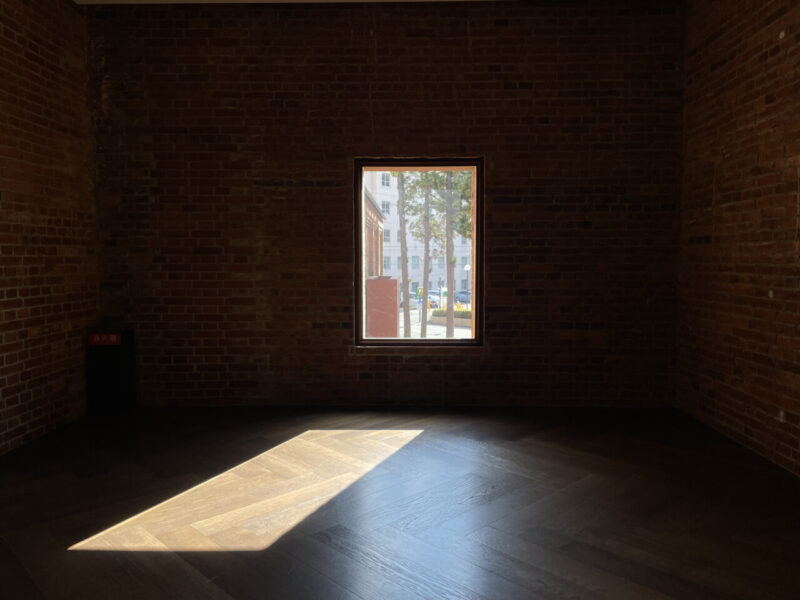
The Hirosaki Brick Warehouse Museum, which has been extended, is a really fun place. I think museums like this are unique places in the world.
INFORMATION
- Name: Hirosaki Brick Warehouse Museum
- Address: 2-1 Yoshinocho, Hirosaki City, Aomori Prefecture 036-8188
- URL: Hirosaki Brick Warehouse Museum official homepage
- Opening hours: 9:00 – 17:00
- Closed: Tuesdays (scheduled to the next day if it is a public holiday), year-end and New Year holidays
- Admission fee: Varies depending on the exhibition. Please check the official website.
GOOGLE MAP
After Hirosaki. Return to Shin-Aomori Station.
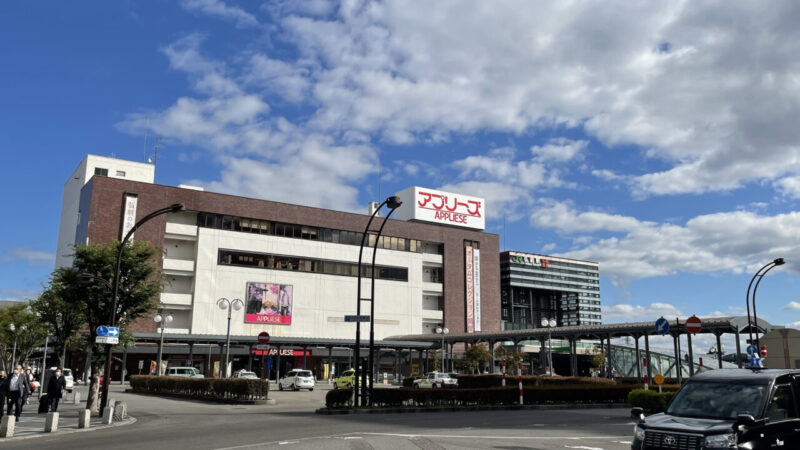
Since it was my first time in Hirosaki, I wanted to take it a little more slowly, but it was around 2:00 pm, and there were other places I wanted to visit in Aomori City, so I headed back to Shin-Aomori Station as soon as possible.
To get to Shin-Aomori Station, take the JR Ou Main Line bound for Aomori and head there.
It's not a fast train, so it takes 41 minutes to return. The distance is approximately 33km.
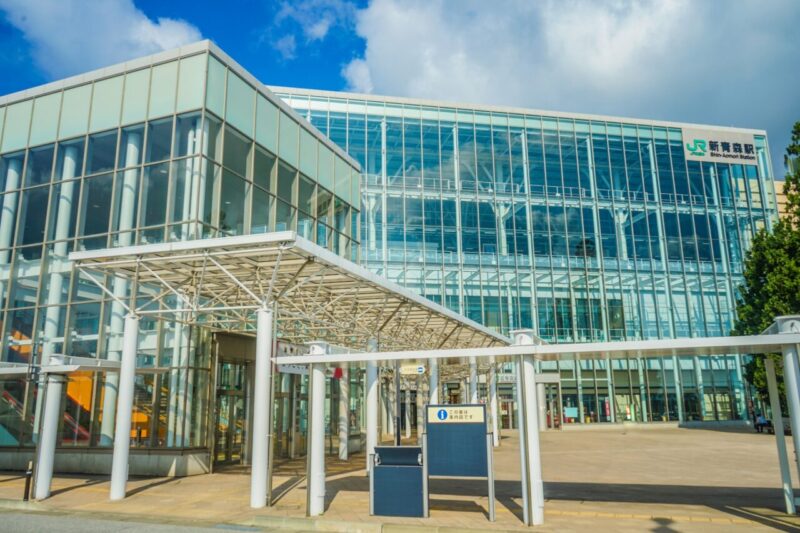
Arrive at Shin-Aomori Station, have a late lunch
I arrived at Shin-Aomori Station around 2:30 p.m.
I would like to have a late lunch here. What I want to eat is something called ``curry milk ramen.'' I don't have to do any preliminary research, so I'll just search on my smartphone right now.
When I searched on my smartphone, I found a ramen restaurant that was open after 2pm near the station. The location is ``Sapporokan'' along National Route 101, and it's a little far from Shin-Aomori Station at 1.6 km, but I decided to head there after checking the business hours.
First experience, miso curry milk ramen
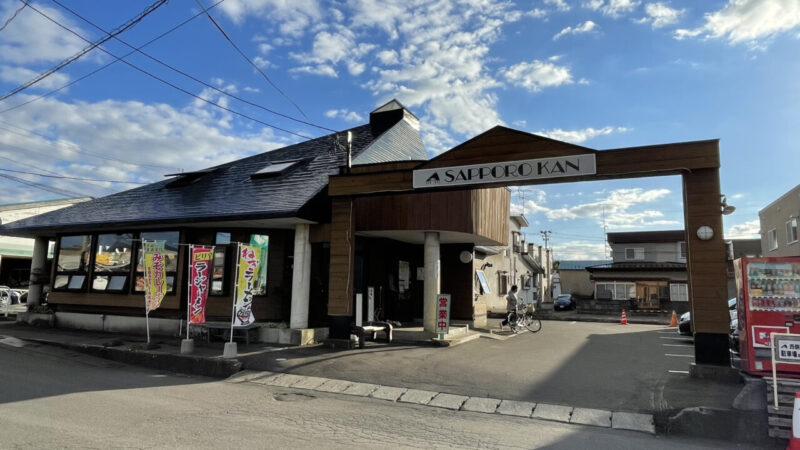
We have arrived, Sapporo-kan!
Everything is my first experience. I enter the store with excitement. The first thing I did when I entered was to buy something from the ticket vending machine, and since I had already decided what I wanted to eat, I didn't hesitate and clicked on the ``Miso Curry Milk Ramen''. I was worried about whether to add rice or not, but I decided to go with the ramen. In order to fully enjoy "Miso Curry Milk Ramen", there are no options. I don't even have a large portion.
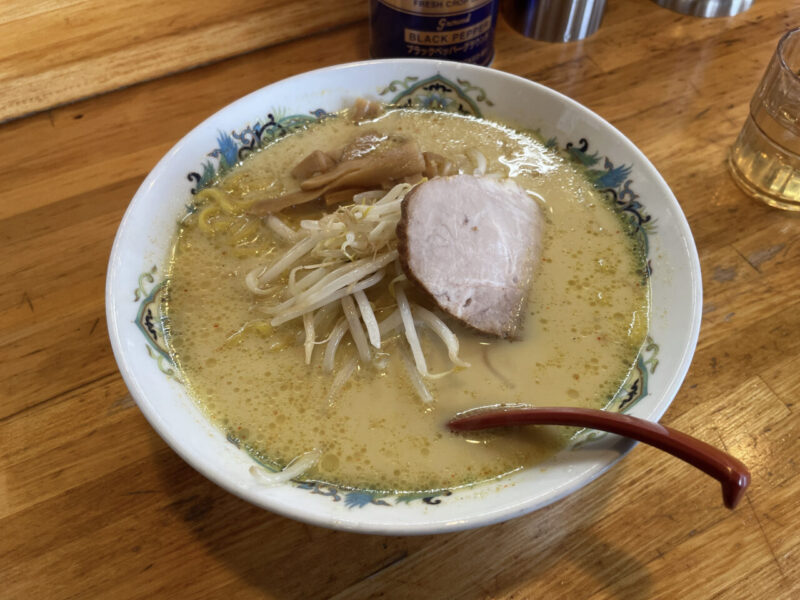
Arrival of rice bowl! ! It looks like a normal miso ramen, but the soft scent of milk and the aroma of curry spice whet your appetite, which alone tells you that it's not a mismatch.
When I took my first sip of soup, I was surprised! A great match! delicious! Miso, curry, milk, everything in just the right ratio, nothing more, nothing less. It's the best combination.
The noodles are the egg-curled noodles that are typical of Sapporo ramen, which are the best for me. I'm very satisfied.
I don't think I'm expressing it properly when I write it, but to put it simply, it's something like, ``I like it.It's delicious, so if you go to Aomori City, you should try it!I wonder if they'll open an affiliated store in my hometown.'' .
When you go out to Aomori City, seafood is good, but please try the ``curry milk ramen'' as well.
INFORMATION
- Name: Sapporokan
- Location: 56-3 Ishie Okabe, Aomori City, Aomori Prefecture
- Phone number: 017-782-1765
- Business hours: 11:00-21:25 (LO)
- Closed: Open all year round
GOOGLE MAP
To the Sannai Maruyama ruins
After eating the curry milk ramen and feeling very satisfied, we headed straight to the Sannai Maruyama ruins. I actually wanted to stop by the Aomori Museum of Art, but I was told that it would be closed for an extended period of time from October 3rd to November 22nd due to renovation work. Unfortunately, we will only be aiming for the Sannai Maruyama ruins.
It was around 3pm, so I thought there would be some kind of transportation, but the bus was an hour later, so I decided to head there on foot, thinking I couldn't wait that long.
The distance is 3.3km, which takes about 42 minutes.I like to relieve my lack of daily exercise and take walks in unfamiliar places, so I headed to the Sannai Maruyama ruins.
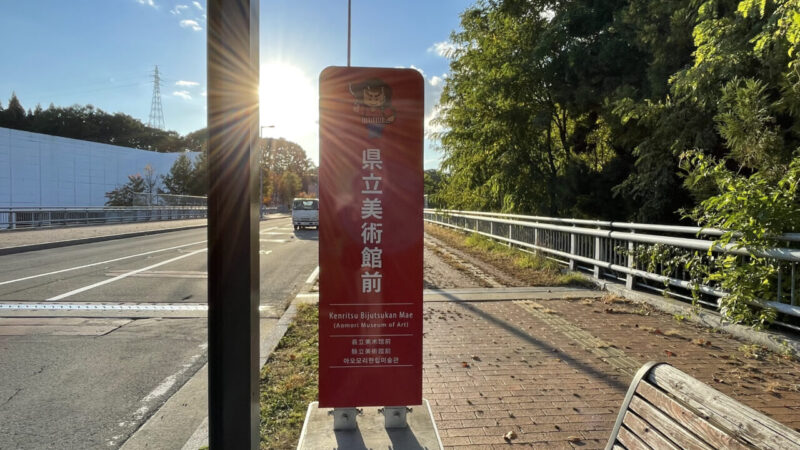
When you arrive near the Sannai Maruyama ruins, there is a bus stop in front of the Prefectural Museum of Art.
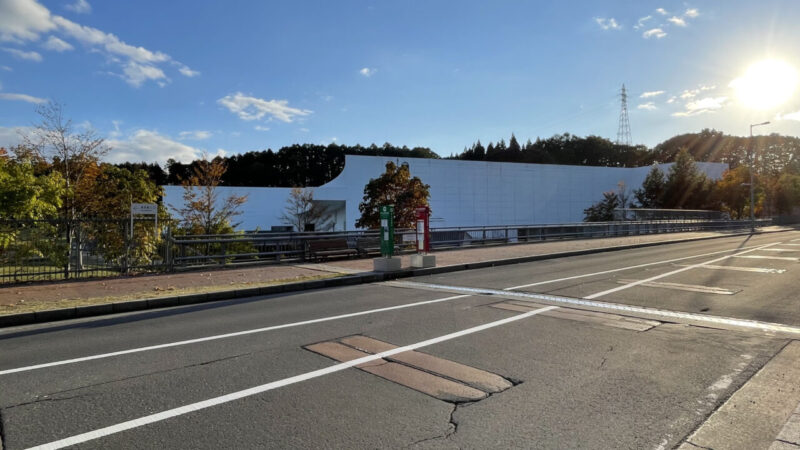
I head towards the ruins, regretting not being able to stop by even though I've come this far.
Arrival, Sannai Maruyama ruins
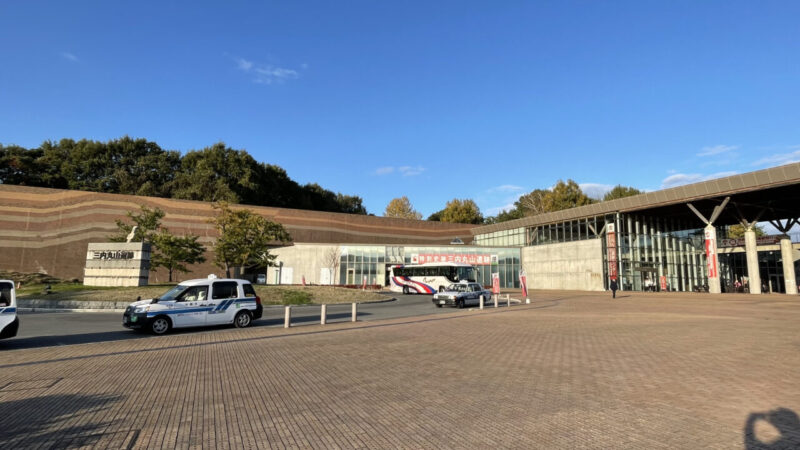
We have arrived.
The Sannai Maruyama Ruins and Aomori Museum of Art are located almost across the street from each other.
First, I will explain the Sannai Maruyama Ruins, but I will quote some of it.
The Sannai-Maruyama ruins are located in Oaza Sannai-Aza Maruyama, Aomori City, Aomori Prefecture, and are the remains of a large-scale village located on the river terrace on the right bank of the Okitate River from the middle of the early Jomon period to the end of the middle period (approximately 5,900-4,200 years ago). The village consists of houses, graves, dumping grounds, large dugout pillar buildings, dugout pillar buildings, storage pits, graves and earthen pits, clay mining pits, mounds, roads, etc., which are arranged in a planned manner.
Although the existence of ruins in this area has been known since the Edo period, excavation work was surprisingly recent, and in 1992, a preliminary survey for the construction of a new prefectural baseball field revealed that the ruins were the remains of a large-scale village. After it was discovered that it was possible, a large-scale excavation work began.
As excavation work progressed, in 1994 six chestnut pillars approximately 1 meter in diameter were discovered, which were thought to be the remains of a large building.
In response to this, in the same year, Aomori Prefecture decided to cancel construction of a baseball field that had already begun and to preserve the ruins.
In March 1997, it was designated as a historic site, in November 2000 it was designated as a special historic site, in May 2003, 1,958 excavated items were designated as important cultural properties, and in July 2021, it was designated as a special historic site. The "Jomon Ruins in Hokkaido and Northern Tohoku", including the Sannai Maruyama Ruins, are registered as a World Cultural Heritage Site.
You can enter the Sannai Maruyama Ruins after paying the admission fee at the Jomon Jiyukan, which is shown in the exterior photo above.
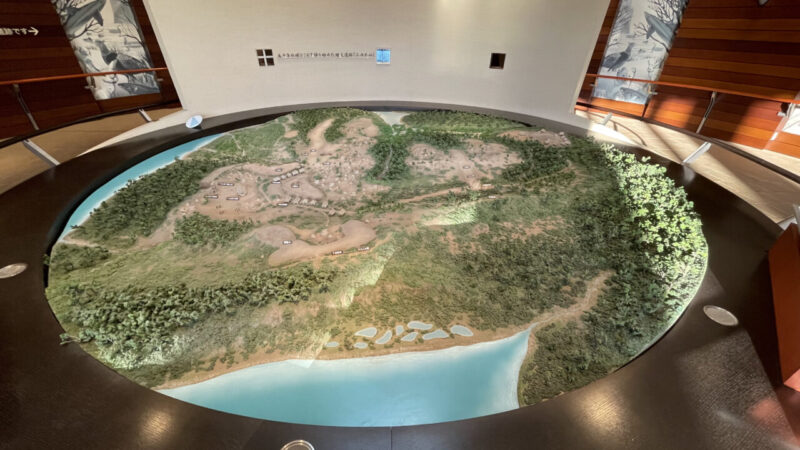
First, we visited the Jomon Jiyukan to see a miniature model of the Sannai Maruyama ruins and other materials.
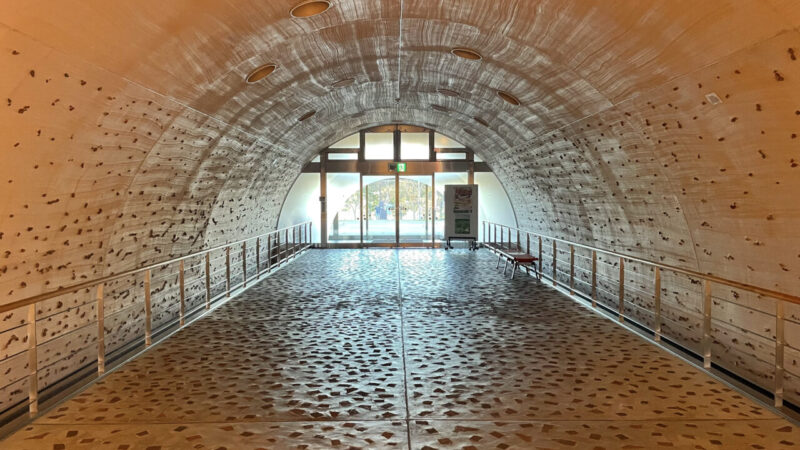
About 80m long? When you go through the tunnel of
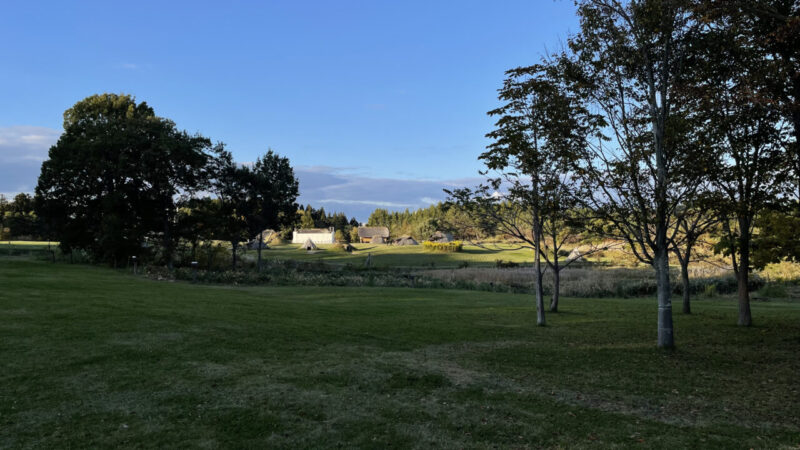
The Sannai Maruyama ruins are spread out in front of you. I felt like I had traveled back in time to the Jomon period, probably because I went through the tunnel.
Large dug-out pillar building
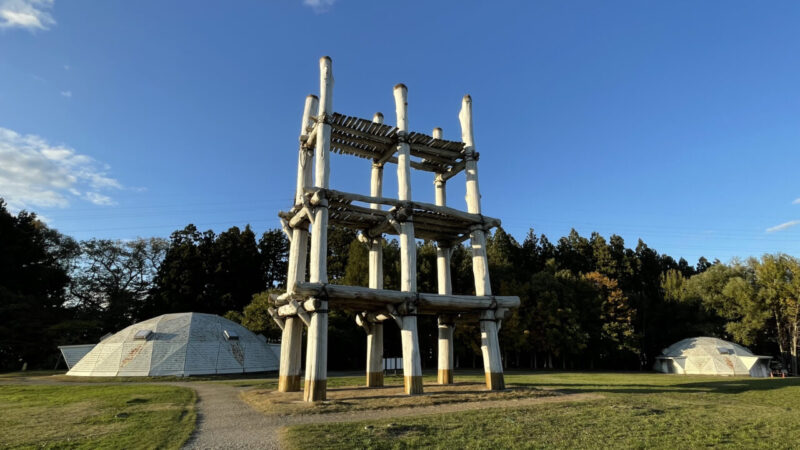
As you walk through the ruins, you will see a large dug-out pillared building in the back.
The building was built by digging a hole in the ground and using pillars as the base instead of using a foundation stone, and the current large, restored pillar building is about 20 meters high.
The overall size of the restored large-scale pillared pillar building was estimated based on the results of the excavation survey and the analysis of the earth pressure at the bottom of the pillar hole. It is a three-story building. There are various theories about the roof, so it has not been restored at this time.
It's so huge that you can even see Kitakami Bay and Hokkaido from the top.
Of course you can't climb it.
Large pit dwelling ruins
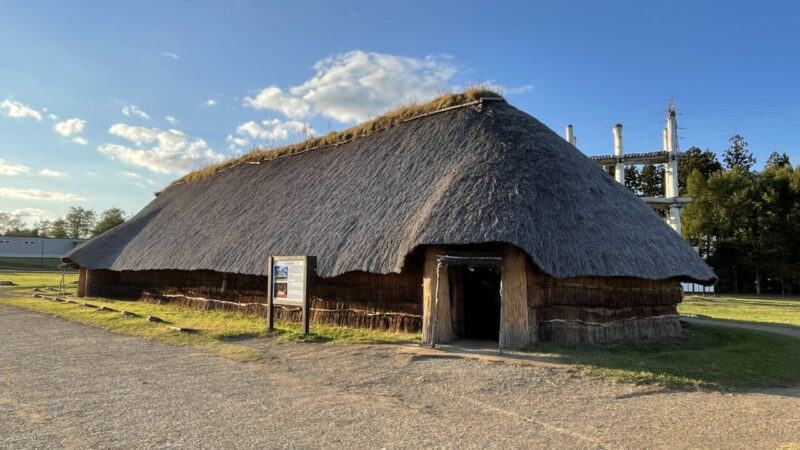
This is the remains of a large pit dwelling. The largest of the Sannai Maruyama ruins is approximately 32 meters long and 10 meters wide. Since it was found near the center of the village, it is likely that it was a meeting place, communal workshop, or housing complex.
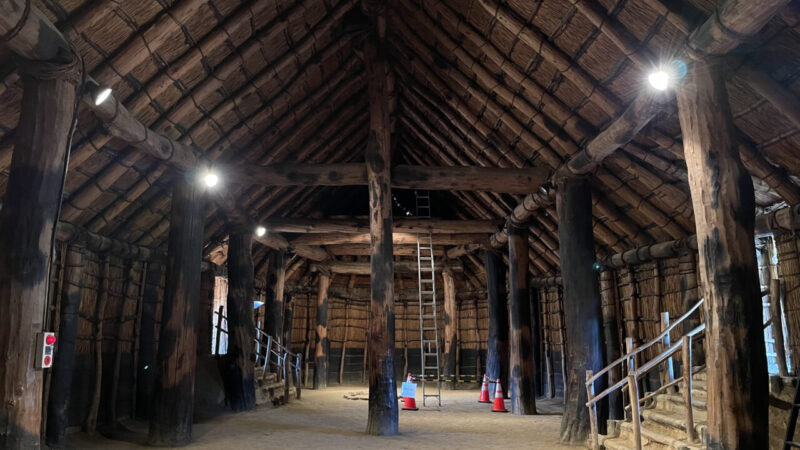
You can also take a tour inside.
As you enter, descending semi-underground, you will be overwhelmed by the size and height inside. The interior is like a "temple".
There are several artificial domes like the one in the photo below within the Sannai Maruyama ruins.
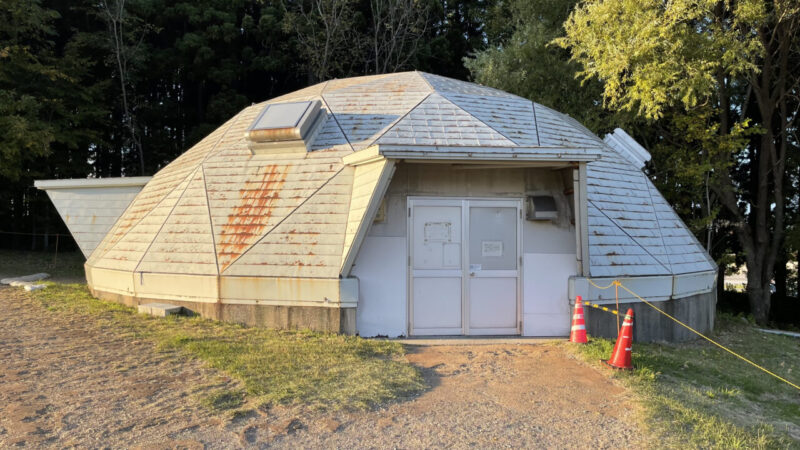
All of these will become preservation domes that maintain a constant humidity to protect the ruins, graves, earthen pits, clay mining pits, mounds, etc. found during excavations.
Of course, you can also tour the inside of the dome.
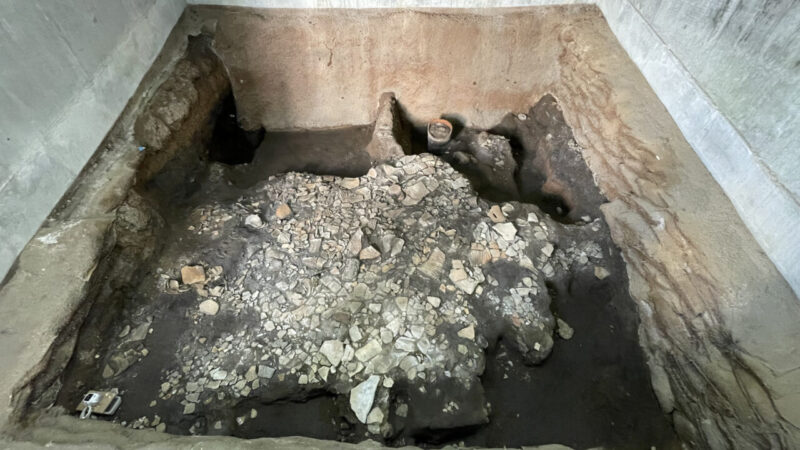
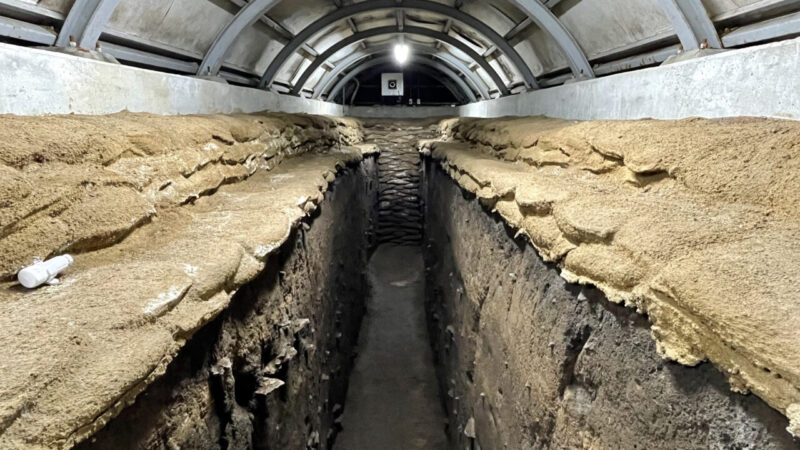
However, when touring the dome, please be careful not to open, close, or leave the door open.
Pit dwelling ruins
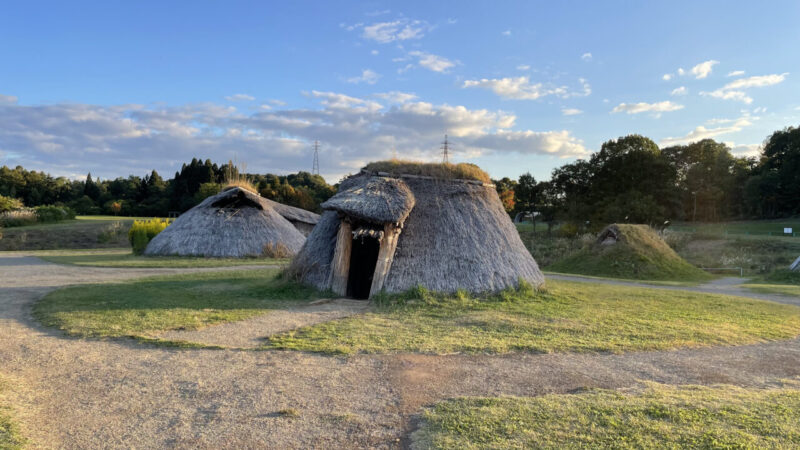
The remains of 550 pit dwellings have been confirmed at the Sannai Maruyama ruins, but only about 15 have been restored so far.
You can tour the inside of the 15 restored pit dwellings.
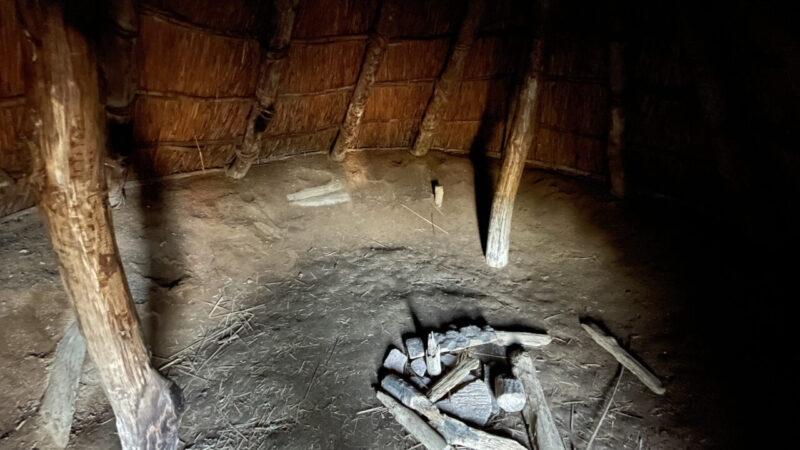
However, the entrance is quite narrow. Maybe because I'm so big, I sometimes had to crawl to get in.
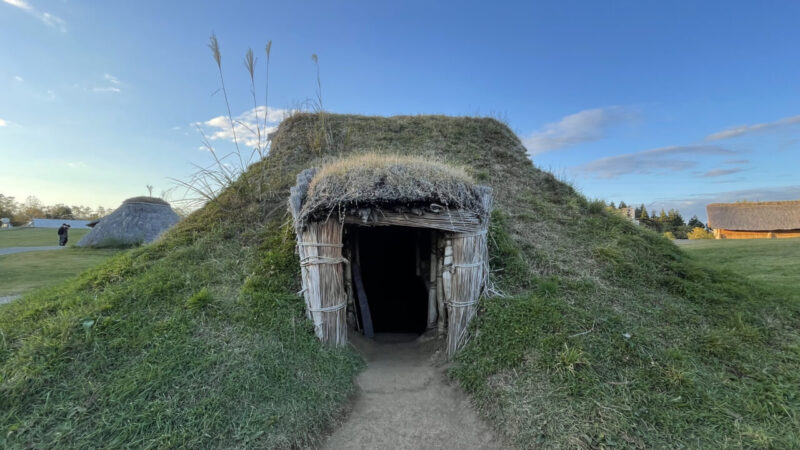
Inside, you can see many pit dwellings made by local elementary school students.

After touring the Sannai Maruyama ruins, we will return to the Jomon Jiyukan and end our tour with a tour of the permanent exhibition room.
Although we will not post photos of the permanent exhibition room, you can see about 1,700 various artifacts, including about 500 important cultural properties, excavated from the Sannai-Maruyama ruins, and learn about the life and customs of the time, as well as how they were related to other regions. You can learn about the relationship between
In the basement of the Jomon Jiyukan, there is the ``Jomon Big Wall,'' which has 5,120 pieces of Jomon pottery scattered at a height of about 6 meters.
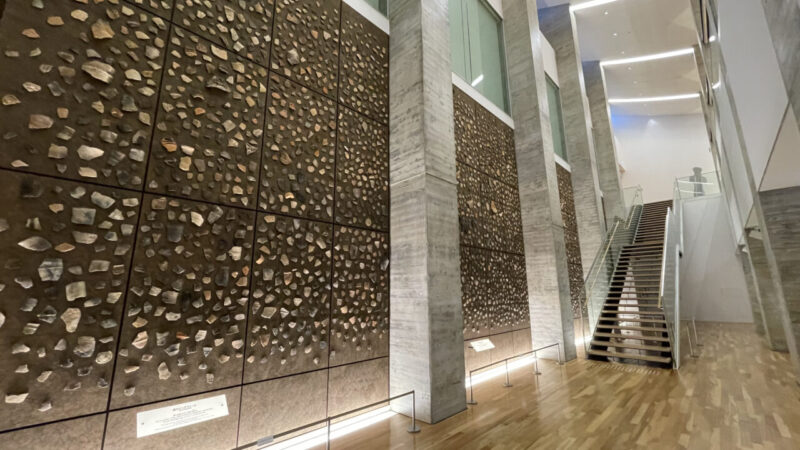
Finally, while looking for souvenirs at the shop, I found a gacha-gacha called "Capsule Collection National Treasure Dogu" and decided to give away 3 of them as souvenirs.
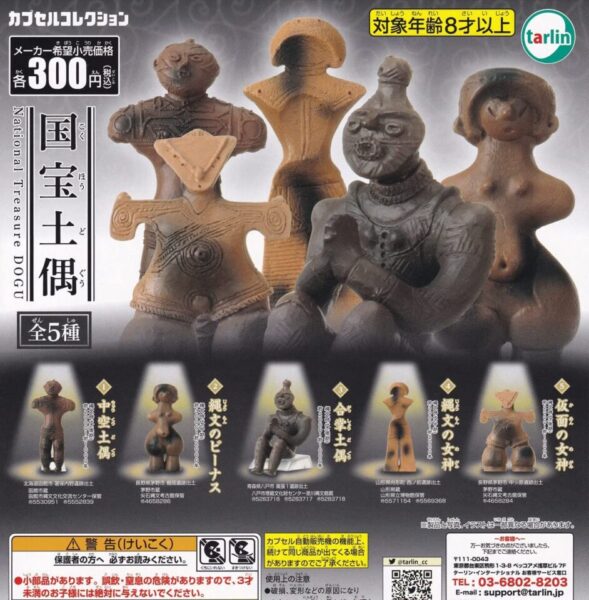
It doesn't matter, but I won ``Hollow Dogu'', ``Jomon Venus'', and ``Chorus Dogu''.
When I looked at my watch, it was 5:00 pm, and since the Sannai Maruyama ruins were also closing, I decided to head home.
However, I thought there was probably a bus to Shin-Aomori Station, so I checked at the reception desk.
``There are no more buses at this time...''
I thought I would have to walk again, but I decided to take a taxi and return to Shin-Aomori Station. When visiting the Sannai Maruyama Ruins, please be careful to check the operation status of public transportation.
We recommend that you check in advance and allow plenty of time for your visit.
I think the taxi fare from Sannai Maruyama Ruins to Shin-Aomori Station was about 1,300 yen.
INFORMATION
- Name: Sannai Maruyama Ruins
- Address: 305 Sannai Maruyama, Aomori City, Aomori Prefecture, 038-0031
- URL: Special Historic Site Sannai Maruyama Ruins Official Homepage
- Admission fee: General: 410 yen, High school/university students, etc.: 200 yen, Junior high school students and under: Free
- Visiting hours: 9:00AM to 5:00PM Golden Week, 6/1 to 9/30 only 9:00AM to 6:00PM *Last admission 30 minutes before closing
GOOGLE MAP
Return to Sendai
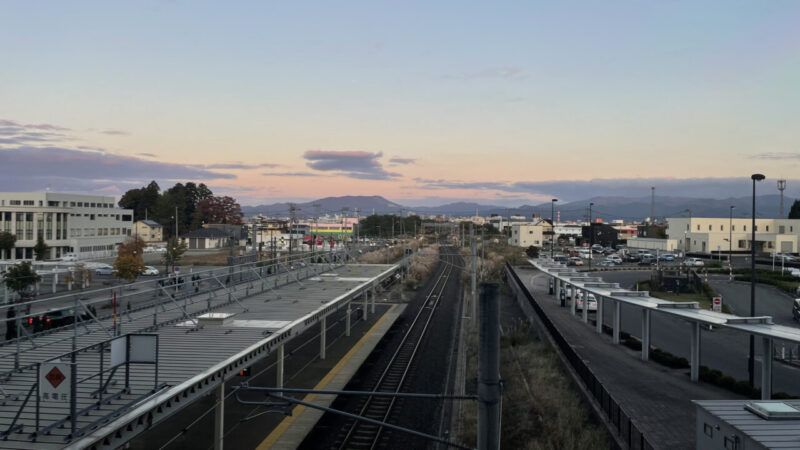
At 18:25, board the JR Tohoku Shinkansen Hayabusa No. 44 bound for Tokyo, and your day trip to Aomori will end.
At the same time, ``I went to [Tohoku]! Commemorating the 150th anniversary of the opening of the railway! A trip with a JR East Pass.'' is also over.
Well, it was a really fun 3 days! is. When was the last time I traveled alone like this? Although I was tired due to unreasonable plans, I think it was a good trip as I was able to experience and think about various things. I think.
Finally, let's take a look at the calculations and summary of the regular fare for this trip to JR East!
JR East! Congratulations on the 150th anniversary of the railway's opening. And thank you!
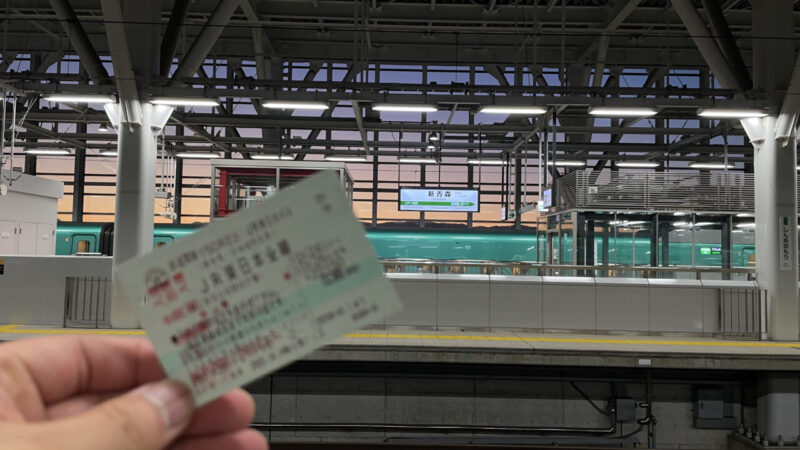
150th anniversary of railway opening! JR East Pass travel summary
1st day total
| traffic section | train | fare | Ride time |
| Between Sendai Station and Morioka Station | Hayabusa | 6,790 yen | 39 minutes |
| Morioka Station - Kakunodate Station | Komachi | 2,830 yen | 55 minutes |
| Kakunodate Station - Akita Station (1st day goal) | Komachi | 3,000 yen | 43 minutes |
| 1st day total | 12,620 yen | 137 minutes |
2nd day total
| traffic section | train | fare | Ride time |
| Akita Station - Morioka Station | Komachi | 4,620 yen | 108 minutes |
| Morioka Station - Ichinoseki Station | Yamabiko | 3,560 yen | 39 minutes |
| Ichinoseki Station - Hiraizumi Station | Tohoku Main Line | 200 yen | 7 minutes |
| Hiraizumi Station - Ichinoseki Station | Tohoku Main Line | 200 yen | 8 minutes |
| Ichinoseki Station - Sendai Station | Yamabiko/Hayabusa | 4,480 yen | 32 minutes |
| 2nd day total | 13,060 yen | 194 minutes |
3rd day total
| traffic section | train | fare | Ride time |
| Sendai Station - Shin-Aomori Station | Hayabusa | 11,640 yen | 104 minutes |
| Shin-Aomori Station - Hirosaki Station | Ou Main Line Rapid | 590 yen | 32 minutes |
| Hirosaki Station - Shin-Aomori Station | Ou Main Line | 590 yen | 41 minutes |
| Shin-Aomori Station - Sendai Station | Hayabusa | 11,640 yen | 106 minutes |
| 3rd day total | 24,460 yen | 283 minutes |
JR East Pass travel total and regular fare difference
| JR East Free Pass Ticket Fee | 22,150 yen |
| Total fare for the first day | 12,620 yen |
| 2nd day total fare | 13,060 yen |
| 3rd day total fare | 24,460 yen |
| Total fare for 3 days | 50,140 yen |
| Difference from normal fare | +27,990 yen |
JR East Pass Travel Series
TikTok videos
@neft_tohoku I went on a train trip with the JR East Japan Pass commemorating the 150th anniversary of the railway. Let's see how much you can save in three days! #150th Anniversary of Railways #JR East Pass #Shinkansen Year 2022 #Train Travel #Tohoku ♬ Walker – Official Sound Studio










![[JR East Pass Trip: Part 2 of Day 2] After seeing Mokoshiji Temple, the remains of the soldiers' dreams, we returned to Sendai temporarily! Pure Land Garden at Mokoshiji Temple](https://jp.neft.asia/wp-content/uploads/2022/12/IMG_3853-1200x675-1-150x150.jpg)
![[JR East Pass Trip: Explanation - Preparation Edition] I'm off! Commemorating the 150th anniversary of the opening of the railway! JR East Pass 150th anniversary of the opening of the railway](https://jp.neft.asia/wp-content/uploads/2022/10/150jrpass_logo_0422a_float-1200x796-1-150x150.jpg)
![[JR East Pass Trip: Day 2 Part 1] I'm already turning back to Iwate. Our goal is Hiraizumi, a town of history! Shinkansen platform near Akita Station](https://jp.neft.asia/wp-content/uploads/2022/12/IMG_3940-1200x900-1-150x150.jpg)
![[JR East Pass Trip: Part 2 of Day 1] Strolling around Akita City on the first day, delicious local sake and local cuisine! Giant Akita dog at Akita Station](https://jp.neft.asia/wp-content/uploads/2022/11/IMG_3762-1200x675-1-150x150.jpg)
![[JR East Pass Trip: Day 2 Part 2] Intensive exploration of Hiraizumi! World Heritage Sites: Chusonji Temple and Kinjido Chusonji Temple Information Board](https://jp.neft.asia/wp-content/uploads/2022/12/IMG_3829-1200x675-1-150x150.jpg)
![[JR East Pass Trip: First Day 1] On the first day, we went to the samurai residences in Kakunodate in the morning! Kakunodate samurai residence](https://jp.neft.asia/wp-content/uploads/2022/11/IMG_3751-1200x675-1-150x150.jpg)
![[Iwate Prefecture] Soft-serve ice cream with sake, miso and wasabi flavor! Why are the soft serve ice cream eaten at roadside stations so delicious? There's also school lunches! Iwate Prefecture Catch](https://jp.neft.asia/wp-content/uploads/2025/06/915fd0ce722ab0f21e74864401170847-150x150.jpg)
![[Yamagata Prefecture] Let's go try the delicious, locally produced soft serve ice cream at Yamagata's roadside station! Yamagata Catch](https://jp.neft.asia/wp-content/uploads/2025/07/2c2e7024e6ed08990103582514a5844e-150x150.jpg)
